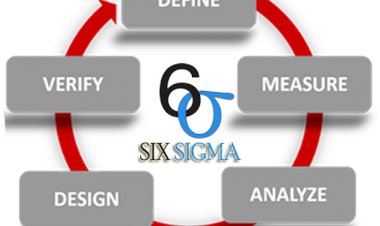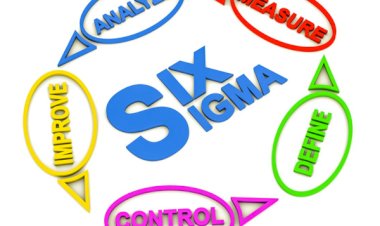Steps in Purchasing Process
Purchasing process follows some basic steps. All companies are different – some will wish to automate - others may have complex approval rules.

Steps in Purchasing Process
This article is posted by Advance Innovation Group student intended to help students or depth understanding about quality management system.
Purchasing Process
There are four key processes in the procurement cycle which should he managed effectively. They include:
The specification process, which starts once the need has been identified and ends with a request to purchase.
The evaluation process, which starts with the request to purchase and ends with the placement of the order or contract.
The surveillance process, which starts with placement of order or contract and ends upon delivery or supplies. While evaluating subcontractors, surveillance of delayed goods is carried out.
The acceptance process, which starts with delivery of supplies and ends with entry of supplies onto the inventory.
According to ISO/QS9000 the supplier shall establish and maintain documented procedures to ensure that purchased product conforms to specified requirements. There are certain purchasing processes which are relatively simple, there might be just a simple common procedure but where the process varies you may need separate procedures depending on the value and the risk associated.
Sub contracting includes products or services that are directly included in the final product that affect its quality.
There are three requirements to the clause on subcontractors include:
Selection and qualification of subcontractors
Clear description of the product or service purchased form a subcontractor
Verification of the purchased product, material, or service.
The purchasing process determines not only the quality of inputs but also their receipt in correct quantities and at the correct place of use. The organization, therefore expected to strictly ensure that the purchased product completely comply with the specified and expected requirements.
The criticality and importance of the purchased product and its effect on the subsequent product realization or the final product shall be the basis for deciding upon the extent of control on the supplier.
The organization ought to evaluate and select suppliers based on their ability to supply the product in accordance with the organization’s requirement. The organization should therefore fix its own criteria for selection, evaluation and re-evaluation of suppliers. For product, which have a large impact on the organization’s work, greater control ought to be exercised while for product where the impact is marginal a more relaxed control can be exercised.
Responsibility and authority of personnel for dealing with subcontractors should be defined and documented in the Quality management system.
Additionally, it is advisable that you also visit and subscribe Advance Innovation Group Blog (http://advanceinnovationgroup.com/blog) for more Lean Six Sigma Project, Case Studies on Lean Six Sigma, Lean Six Sigma Videos, Lean Six Sigma Discussions, Lean Six Sigma Jobs etc., How to start a Lean Six Sigma Project, Help on Lean Six Sigma Project etc.

 Pankaj Kumar
Pankaj Kumar 































Comments (0)
Facebook Comments